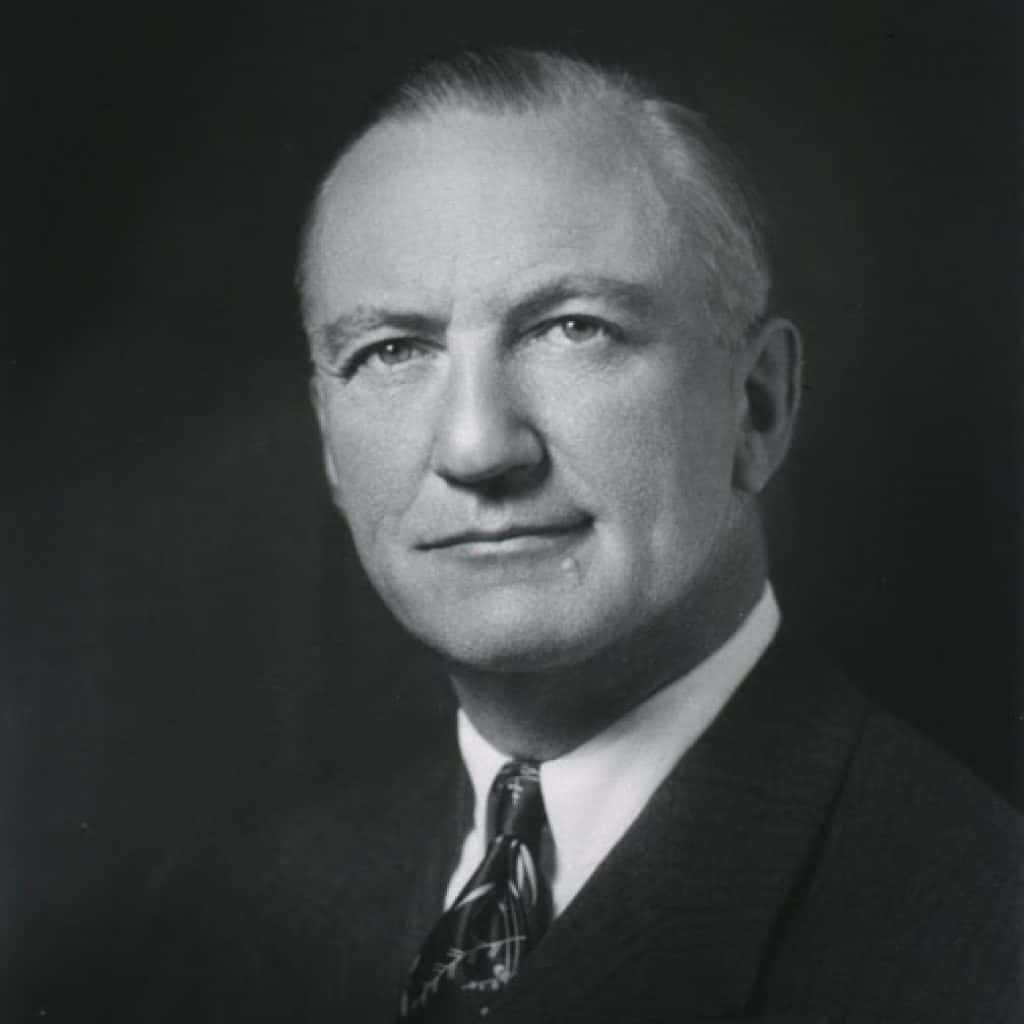Pelvic Floor Muscle Exercises: Not Just Kegels.
When you think of pelvic floor muscle exercises, do you think about doing Kegels? Well, hold on a minute, because this might not always be the answer!

“The Kegel” or tightening of the pelvic floor muscles was first recommended in 1948 by Dr. Arnold Kegel as a treatment to strengthen the pelvic floor. This is a commonly prescribed exercise to treat pelvic floor dysfunction and incontinence, however, not all individuals benefit from this kind of exercise, and in some cases, Kegel exercises can increase symptoms.
Symptoms such as leakage with coughing, laughing, and sneezing can be related to weakness in the pelvic floor. In these cases, Kegel exercises can be helpful if performed properly. Other symptoms can be related to the tightness of the pelvic floor muscles. For example:
- Groin and pelvic pain.
- Prostate pain.
- Pain with sexual intercourse.
- The sensitivity of the genitals.
- Pain with bladder filling and emptying.
- Difficulty with passing stools.
In these cases, Kegel exercises are not always helpful and you may need to learn to relax these muscles instead.
How do I know whether I would benefit from pelvic floor muscle exercises?
Pelvic Health Physiotherapy is a branch of the physiotherapy profession. It treats the pelvic floor muscles, ligaments, joints, connective tissues, and nerves of the pelvis, low back, and hips. These physiotherapists have specialized training to assess the pelvic floor muscles directly through the vagina or rectum. It might seem like a strange concept to consider, but an internal assessment of the pelvic floor is the gold standard. This is the only way these muscles can be fully assessed and is the best way to determine if they are tight or weak.
Based on findings from an assessment, a Pelvic Health Physiotherapist develops a plan to treat the underlying issues related to your symptoms. Treatment often, but does not always, include the following:
- Manual (hands-on) treatment of the pelvic floor muscles, nearby joints, muscles, and connective tissues of the abdomen, back, and hips.
- Retraining of the nervous system and muscle coordination.
- Breathing exercises and relaxation exercises.
- Education on activity and lifestyle factors that contribute to symptoms.
- Pelvic floor muscle strengthening.
- The use of treatment tools and modalities.
Pelvic Health Physiotherapy requires a whole-person approach to treatment. The goal of this treatment is to assist people in regaining and improving function, enhancing health, and increasing confidence in all areas of life.




